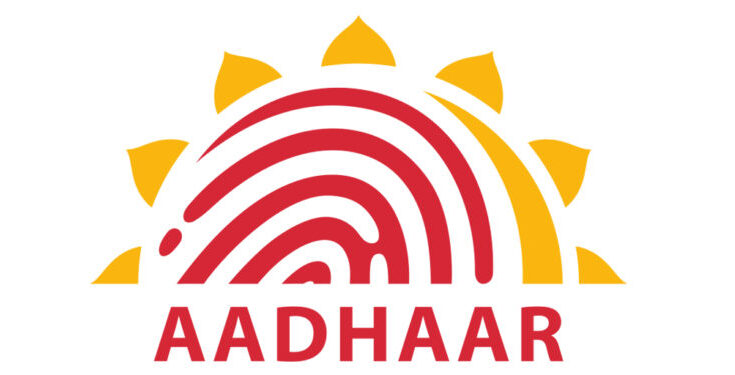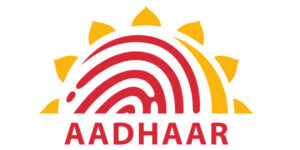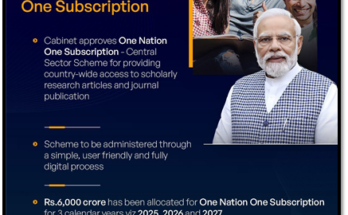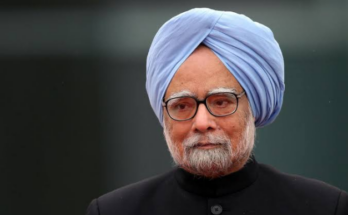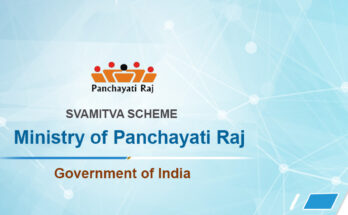‘Aadhaar’ became eleven years old. 
Aadhar is the largest biometric identification scheme in the world and the first distribution under the Aadhar scheme was made on September 29, 2010, in the Indian state of Maharashtra to a woman named Ranjana Sonawane from Tembali village in Nandurbar district of Maharashtra. The village is known as the first ‘Aadhar’ village in the country. Eleven years have passed since the inception of the Aadhaar number scheme.
The Unique Identification Authority of India was established in January 2009 by the Planning Board. Nandan Nilkeni was the then chairman of UIDAI.
Aadhaar is the largest biometric identification scheme in the world. The scheme for Indian residents is regulated by the Unique Identification Authority of India (UIDAI) under the authority of the Ministry of Electronics and Information Technology of the Central Government. As per Aadhaar Act 2016, this scheme has got statutory support.
Under this scheme, Aadhar numbers of over 130 crore people in India have been created. The number is used to identify beneficiaries of social security and government assistance schemes, as well as to identify individuals in all government-related transactions. The central government is urging to link Aadhaar with various services such as bank accounts, mobile border cards, employee provident fund schemes, public distribution systems, etc.
Discipline in welfare schemes
Aadhaar is only proof of residence and not proof of citizenship. Similarly, obtaining an Aadhaar number does not establish the right of domicile in India. The Government of India funds several social welfare schemes focused on the poor and vulnerable sections of society. Aadhaar and its platform give the government a unique opportunity to streamline their welfare distribution system and thereby ensure transparency and good governance.
An important role in the direct benefit transfer scheme
Aadhaar number registration and use of these numbers in various schemes and accounts; The Authority has entered into agreements with 35 State-Union Territories as well as Ministry of Human Resource Development, Ministry of Petroleum and Natural Gas, Public Banks, LIC, Indira Gandhi National Open University. Various banks, accounts and ministries have gradually allowed the use of Aadhar cards as an identity card and proof of address for their schemes or programs. As of 15th February 2016, about 97.69 crore Aadhaar numbers or cards have been distributed. The scheme has reached 75.8% of the population. As per Indian Economic Survey Report 2015-16, Aadhaar has played a pivotal role in 6 Direct Benefit Transfer Schemes, 54.96% in LPG subsidy distribution, 54.10% in MGNREGA scheme, 42.45% in Jan Dhan Yojana, 38.96% in the public distribution system. 24.31% in National Social Assistance Scheme and 17.55% in the Workers Provident Fund Scheme have been linked to the Aadhaar number.
Features and benefits of Aadhaar
Aadhaar is a special number, and no resident can get a duplicate number, as it relates to their bio-statistics; In this way, false and fake identities can be found. The government will be able to extend the benefits to other eligible residents from the savings incurred by eliminating duplicate and fake identities through Aadhaar-based identity verification.
Portability: Aadhaar is a special number, agencies and services can contact UIDI from anywhere in the country to identify the beneficiary.
Inclusion of those without identity documents: One of the problems in reaching out to the poor and marginalized residents is that they often do not have identity documents to avail government benefits; The “proposer” mechanism for verifying UIDAI’s data has been approved, which makes it possible to establish the identity of such residents.
Electronic Benefits Transfer: UID-enabled-bank-account network will provide a safe and affordable option to finance benefits directly to the residents, currently it is very costly to distribute these benefits; As a result, errors in the current system will be eliminated.
Aadhaar-based authentication: UIDAI will provide online authentication services to organizations wishing to authenticate residents; This service will ensure that the benefits reach the actual eligible beneficiaries.
Better services through greater transparency: Highly responsible and transparent oversight will significantly increase the availability and quality of various rights for both beneficiaries and organizations. Are in accordance with accepted standards for distribution.

